
A conflict between art and power

The descendant of a Swiss Mennonite immigrant, Henry Frick, left his humble origins behind to become one of America’s richest men by the beginning of the 20th century.
But his legacy – the steelworks of Pennsylvania and his art collection – is controversial, and he was often described as the most hated man in America.
Visitors to the Frick Collection in New York or the Frick Art Center in Pittsburgh and the adjacent manor, Clayton, usually notice the light and refinement. But the industrialist who put together these collections of paintings and sculptures is described by some of his own descendants as a multifaceted personality.
“Henry Frick was a complex man, a genius tortured by the death of his daughter Martha who died very young after four years of agony,” said his great-granddaughter Martha Frick Symington Sanger.
She told swissinfo.ch that as his biographer there was plenty that troubled her about the magnate and she did not want to “sugarcoat” the past.
Today, she says, there are two visions of Frick. “As an art collector, he’s sainted for what he achieved, his collection is a masterpiece, yet at the other end of the spectrum, he’s the arch villain of the labour movement in America,” she explained.
Enemy of the unions
Sharing the benefits was more difficult for him. When the steelworkers union called for wage increases, Frick saw the labour movement as a rival.
In 1892, 3,800 workers went on strike, occupying the Homestead foundry, then the country’s biggest and co-owned with Carnegie. To replace them, Frick hired non-union workers and sent in Pinkerton detectives to break up the strike.
Fighting between the police and the unionised workers left 16 people dead. Public opinion was up in arms over these events and a Boston anarchist almost managed to kill him.
Yet Frick succeeded in kicking the union out of the foundry and replacing its members with just 1,700 other workers.
But the industrialist’s methods were nothing out of the ordinary for the times. “The horrific sufferings of the people in the mills were a terrible moment in human history but Frick did not invent this,” said Sanger.
Edward Muller, professor of urban history at the University of Pittsburgh, agrees.
“Working conditions in his factories were not good but they were standard for the time,” he told swissinfo.ch.
“His tactics were extremely rough, but his handling of labour and the unions was not unusual at a time when it was common for business owners to bring in the police or private detectives, especially in mining.”
Modest background
The friend and partner of other industrialists of his time such as Andrew Carnegie and Andrew Mellon, Frick came from a modest background, born in a one-room house in West Overton, east of Pittsburgh. “But early on, he said he would be worth a million dollars,” said Sanger.
Growing up in a coal-mining region, he soon saw the potential of coke, a coal residue that is used in the steel-making process. Coke was to help power the foundries of Pittsburgh and the economic growth of the United States in the late 19th century.
Frick founded his coke manufacturing firm, H. C. Frick & Company at age 22. It survived recessions in 1873 and 1907, and even benefited from them.
“During an economic crisis, his decision was to keep operating, even if at a loss, and when the panic was over, there was a tremendous demand for coking operations,” explained Sanger.
Driven by a desire to accrue money and power, according to Sanger, Frick took advantage of the upturn to buy out the competition and his co-shareholders, and effectively took over the helm of a conglomerate.
Art collection
Memories of that violent strike lingered on in Pittsburgh.
“Frick is not a beloved character in the region because the legacy of 1892 lives on, so much so that they were protests when Clayton was opened to the public [in 1990] and that was decades after those violent events,” added Muller.
“The image of Frick that persists is that of a brilliant businessman and a managerial tyrant; the art collecting, if not ignored, is just a toss in,” he pointed out.
The industrialist wasn’t ungenerous when he died in 1919, bequeathing much of his wealth to charitable, educational and cultural institutions, as well as a 75-hectare park to Pittsburgh. His extensive art collection was also opened to the public at the time.
“Frick only collected portraits and landscapes, he didn’t collect by schools or genres or to fill historic gaps,” said Sanger. “His art dealer Roland Knoedler showed him the very best paintings of the time, and sometimes, Frick lived with a painting several days before making a purchase.”
His first recorded purchase dates back to 1881. But his great-granddaughter says that he began collecting art while still living in West Overton.
Maybe Frick was thinking of his father, a Mennonite farmer who dreamt of being a painter. But according to Sanger, his later purchases were guided by the “intense sorrow” he felt after the loss of his daughter.
Henry Frick’s fortune was built on the need for a steady supply of coke for the steel industry.
By the time he was 30, he employed 1,000 workers and controlled 80 per cent of the coal output in Pennsylvania.
He later became the chairman of Carnegie Steel company and was one of the main actors in the creation of the US Steel concern in 1901.
Frick was also a backer of railroads in Pennsylvania and held extensive real estate in Pittsburgh and throughout the state.
Frick’s family is originally from a village called Frick in canton Aargau, whose Latin name is Ferra ricia, or iron mine.
In 1767, his great-great-grandfather emigrated to Pennsylvania.
Frick is born in 1849 in West Overton, a Mennonite town near Pittsburgh.
In 1882, he moves to Pittsburgh into his Clayton manor.
In 1905, he moves to New York where his business interests have shifted.
He dies of a heart attack in 1919, shortly before his 70th birthday.
(Translated from French by Scott Capper)

In compliance with the JTI standards
More: SWI swissinfo.ch certified by the Journalism Trust Initiative


















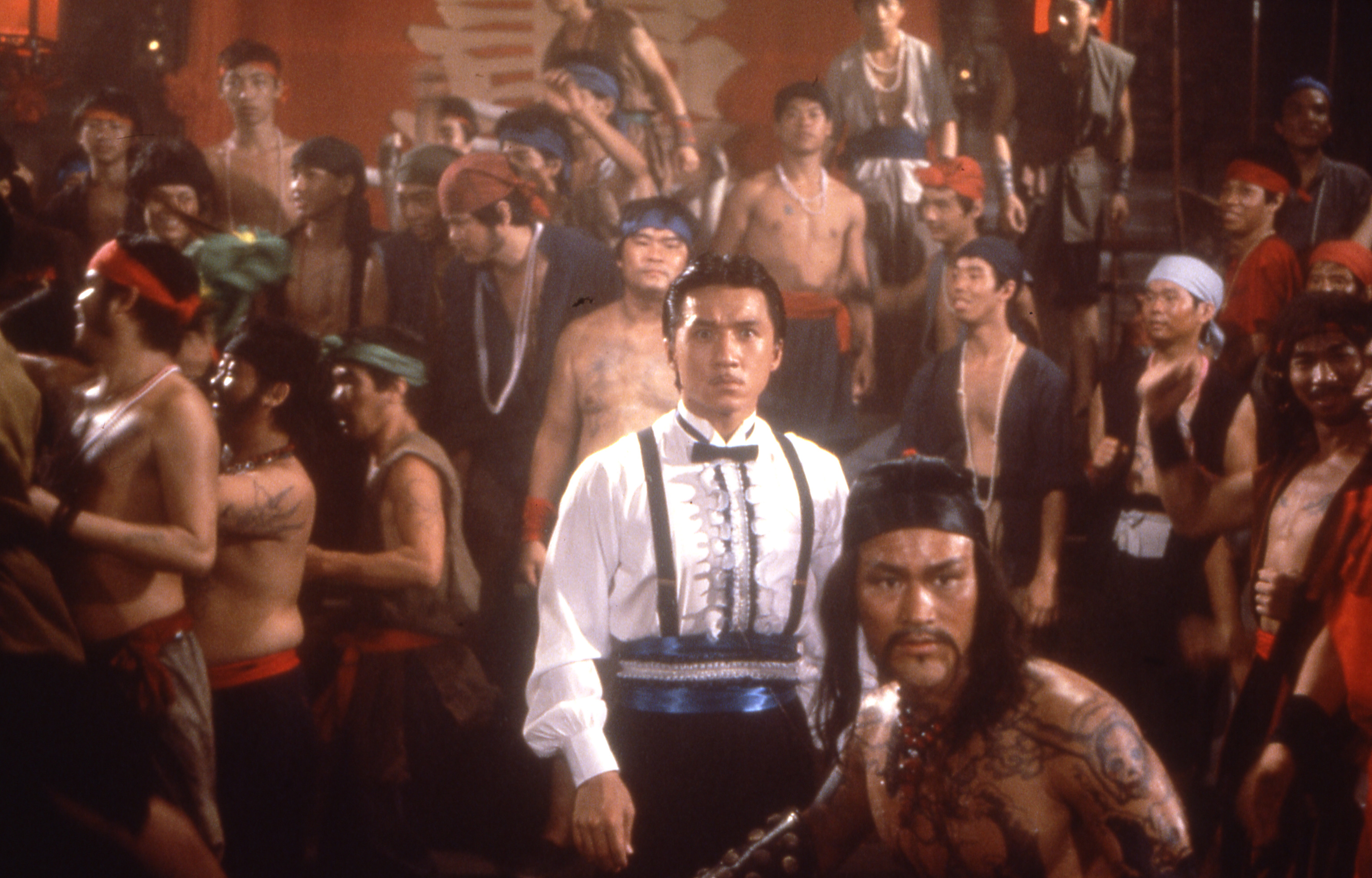















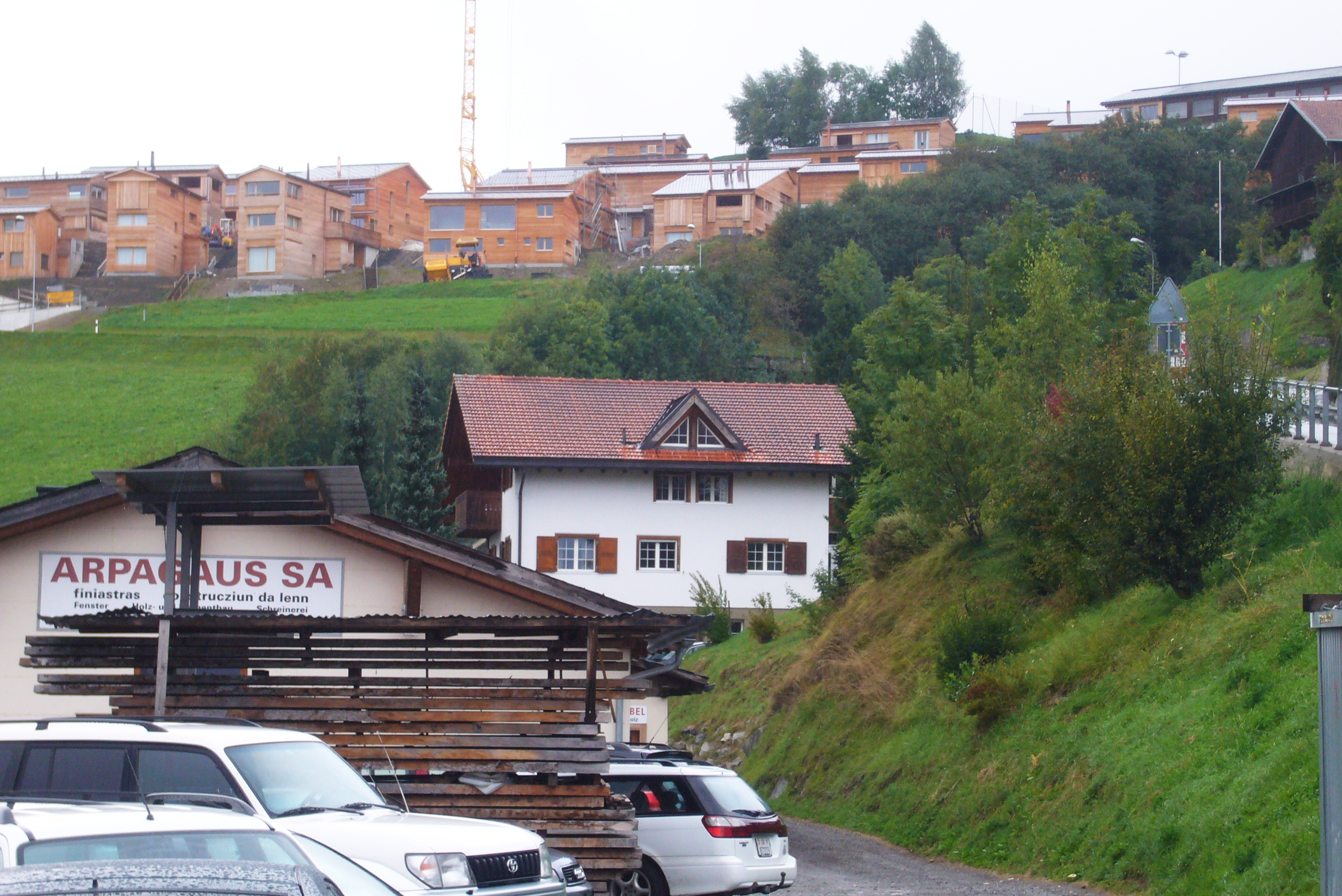



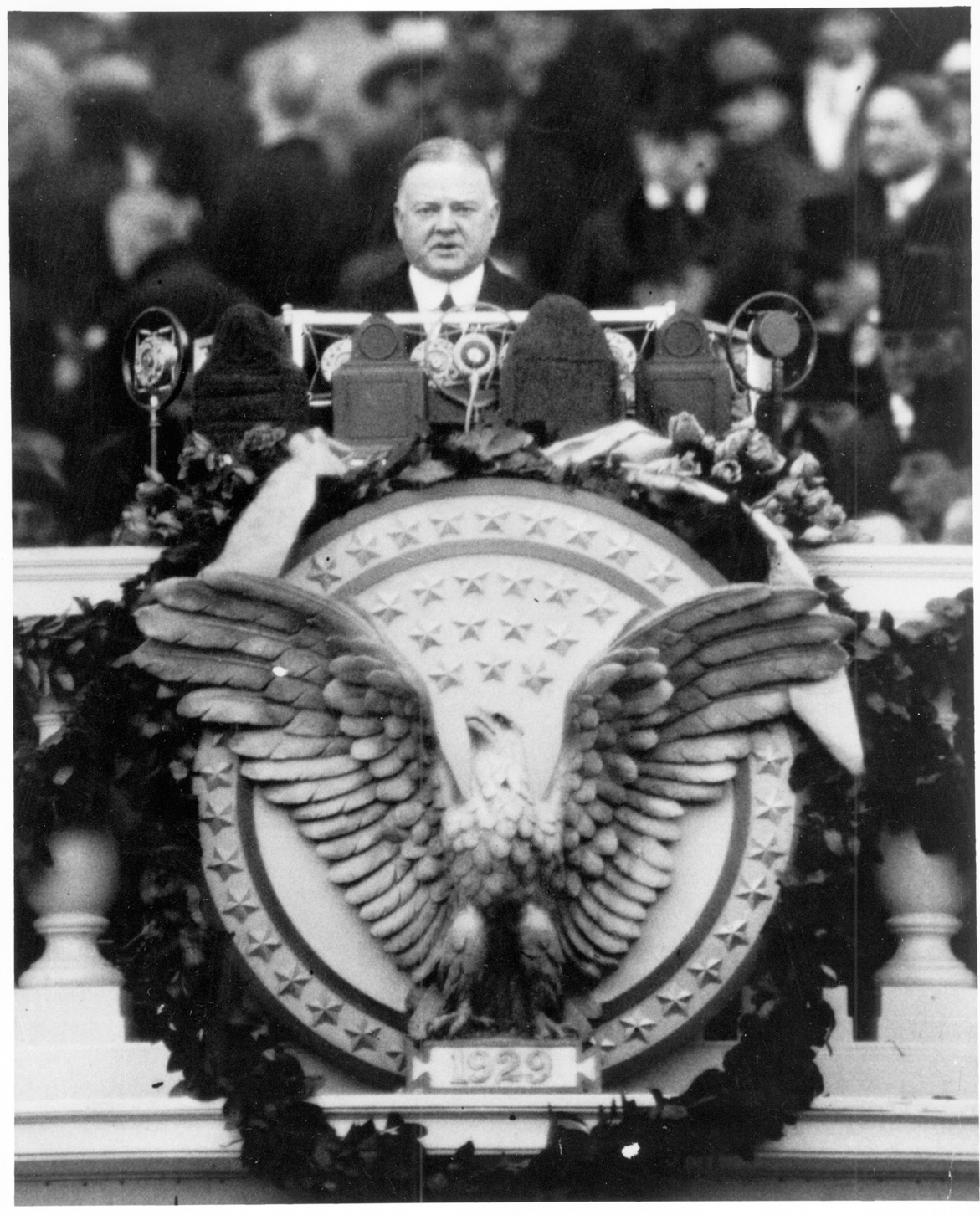
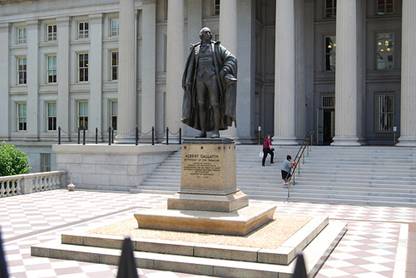
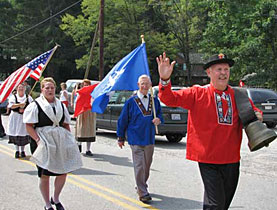


You can find an overview of ongoing debates with our journalists here . Please join us!
If you want to start a conversation about a topic raised in this article or want to report factual errors, email us at english@swissinfo.ch.